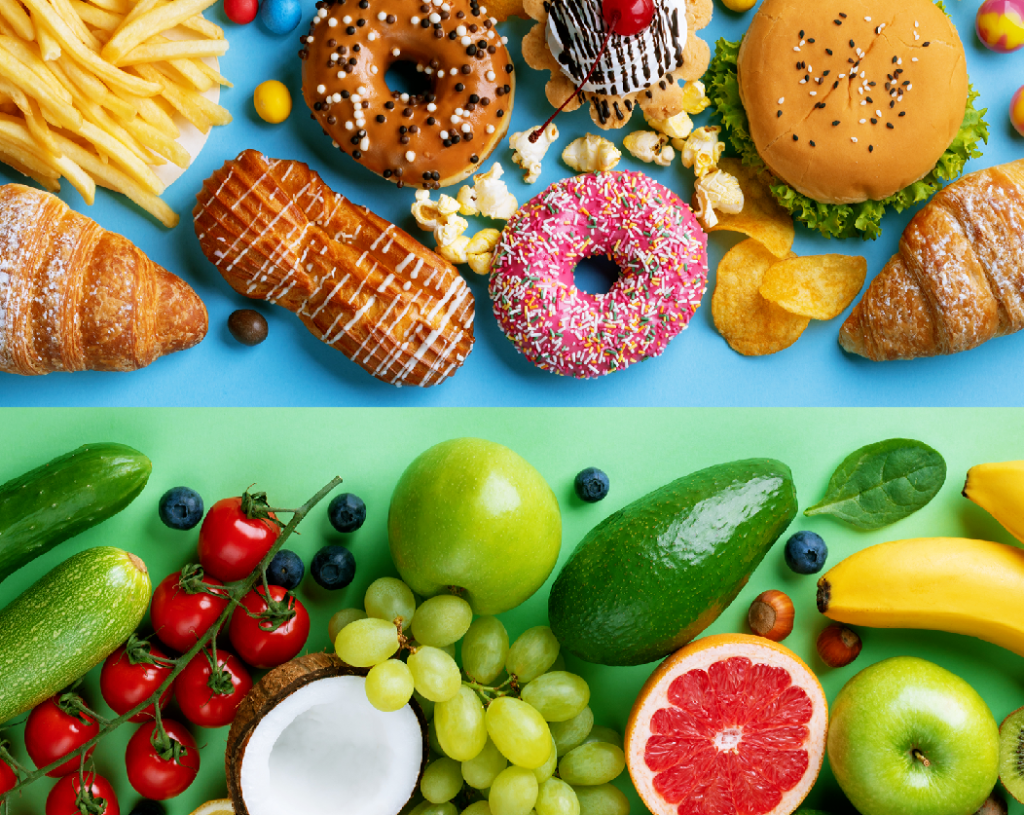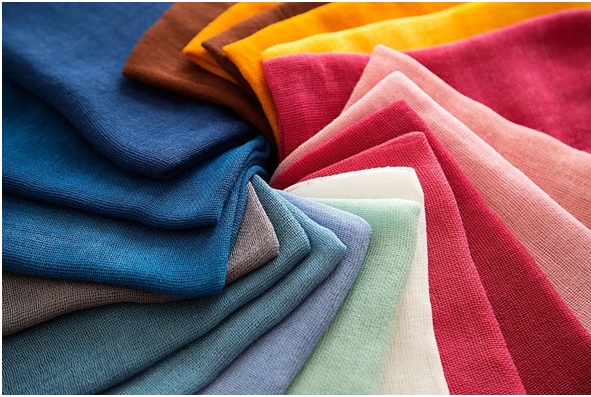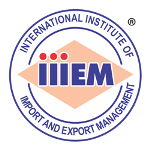India’s Transformation – From Importer to Global Exporter
India’s export journey has seen a remarkable transformation over the past few decades. Once heavily reliant on imports for essential goods like electronics, defense equipment, processed foods, and machinery, India is now emerging as a global exporter in these very sectors.
Over the past decades, India has transitioned from being a heavily import-dependent nation to a robust exporter of a wide range of goods. Driven by strategic policy reforms, industrial growth, and global demand, India now proudly exports items that were once largely imported.
Driven by initiatives like Make in India, strategic trade policies, and growing global demand, this article explores key product categories that have reversed their trade direction — showcasing India’s rise as a competitive manufacturing and export hub.
We outline key products across sectors that have reversed their trade trajectory.
-
Agricultural and Processed food
From 1947 to 1960, the country relied heavily on food grain imports, especially wheat under the PL-480 agreement with the USA. The decade of 1990 saw India as an agri-trade system.
The next decade from 2000 onwards, India began Export Diversification
And then there has been no pause, no looking behind, India has been exporting Value added products in sync with the Global Demands.
Achievements
- #1 exporter of rice, spices, and guar gum
- Among top exporters of tea, coffee, fresh fruits, processed foods, and marine products
- Known for quality, variety, and competitive pricing in agricultural commodities

2. Electronics and Consumer Goods
Back in 2014, India was entirely dependent on importing smart phones and its accessories, LED TVs and Appliances, IT hardware (Laptops and Servers etc), Electronic Components.
India lacked ecosystems, technology and semiconductors.
Achievements
- Indian-made electronics were earlier not compliant with CE, FCC, RoHS, or BIS standards.
- R&D parks, quality testing labs, and certifications. Quality testing facilities, and FTWZs (Free Trade Warehousing Zones) for high-value electronics.
- Cut to 2020, India is exporting about USD 29.12 billion to countries like USA, Netherlands, Germany, U.K. and UAE.

3. Automobiles and Engineering Goods
Till about 1980s India was totally dependent on imports of two-wheelers, Cars (Compact & Hatchback), Tractors and Agro-machinery and Auto components.
Post-1991 economic reforms opened up the sector to foreign collaboration and exports.
Maruti, Mahindra, Tata, and Ashok Leyland began exploring export markets. From 2000 onwards India’s export took off in a major way.
Achievements
- Two-wheelers (Bajaj, TVS) began large-scale exports to Latin America, Africa, and ASEAN. Engineering goods exports surged—diesel engines, compressors, castings, earthmovers, power tools. India emerged as a major exporter of tractors to Africa, SAARC, and Europe.
- Today’s India is a major exporter of Cars, two-wheelers, tractors, agri-machinery and even the latest EV scooters and cars to about 130 countries.

4. Pharmaceuticals and Healthcare
Until the turn of the millennium, India was totally dependent upon import based Generic medicines, Vaccines, APIs, PPE Kits and surgical items.
The game changer was the pandemic. India saw an opportunity in the crisis.
Achievements
- India is the “Pharmacy of the World” by exporting homemade generic medicines;
- India manufactures its own vaccines for DTP, Hepatitis B, Polio, MMR, Rotavirus, HPV, COVID-19 Vaccines.
- India manufactures API, Biologics and Biosimilars; Ayurvedic, Herbal and Traditional Medicines;
- Exports diagnostic kits and medical kits too.
- Surgical and Hospital Disposables, Nutraceuticals etc.
- 3rd largest in volume, 10th in value globally; Exports to Over 180 countries
-

5. Textile and Apparels
India emerged from a limited textile, quota based exporting country in 1970s to WTO Agreement on Textiles & Clothing (2005), India emerged as a strong global exporter of ready-made garments. And thereafter India saw a growth of home textiles, technical textiles, organic and bamboo fabrics; export diversification to USA, Bangladesh, UAE, UK, Germany, France.
Achievements
- Today’s India is exporting Textile and Apparels worth 35.1 billion USD (2023-24).
- Rise of alternative plant based fabric and apparels like bamboo, jute etc.
- India is the 2nd largest producer of textiles and garments globally (after China).
- India has achieved 4% of global textile trade market, 7% of global apparel exports and 27% of global cotton production (ranking #1)

